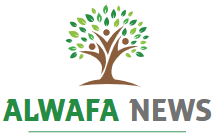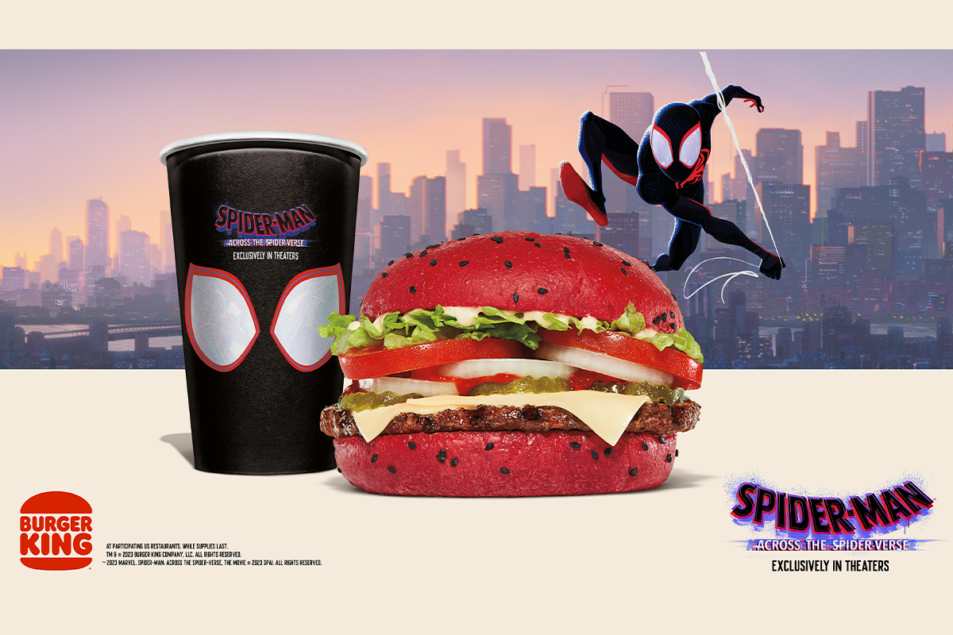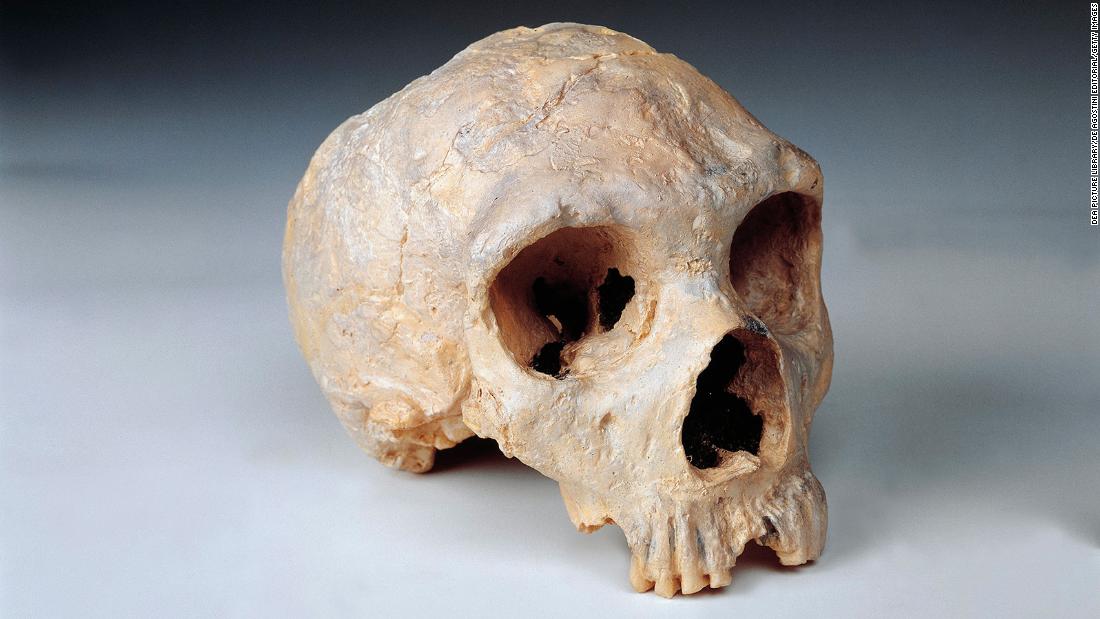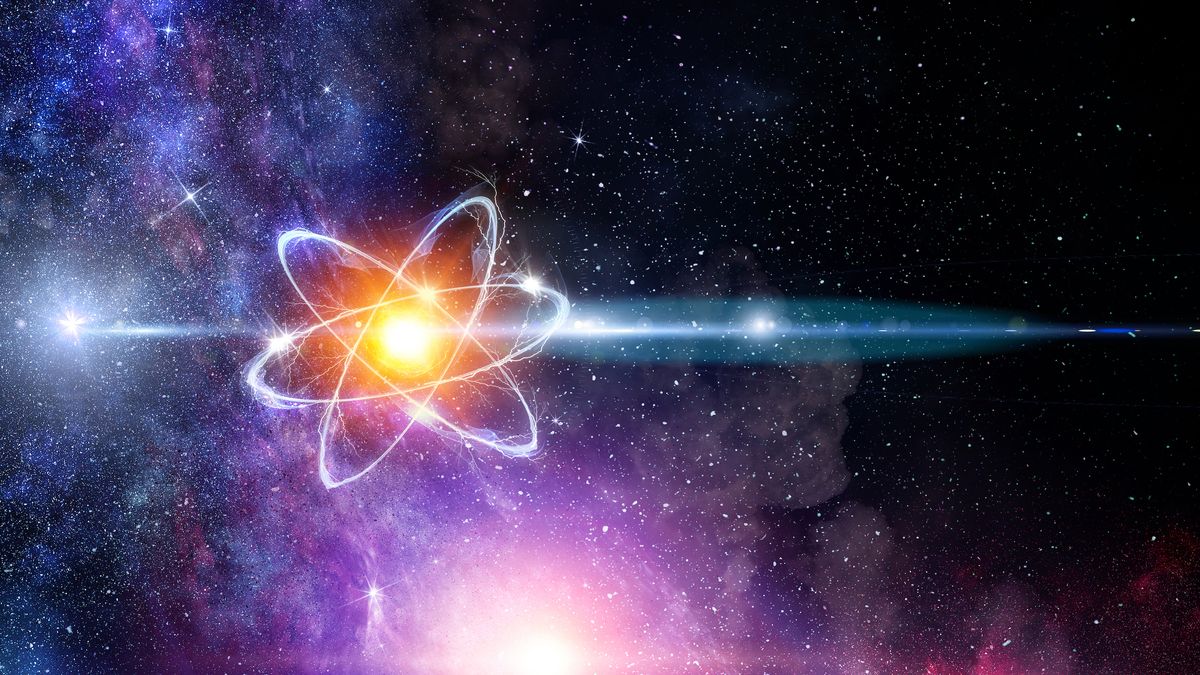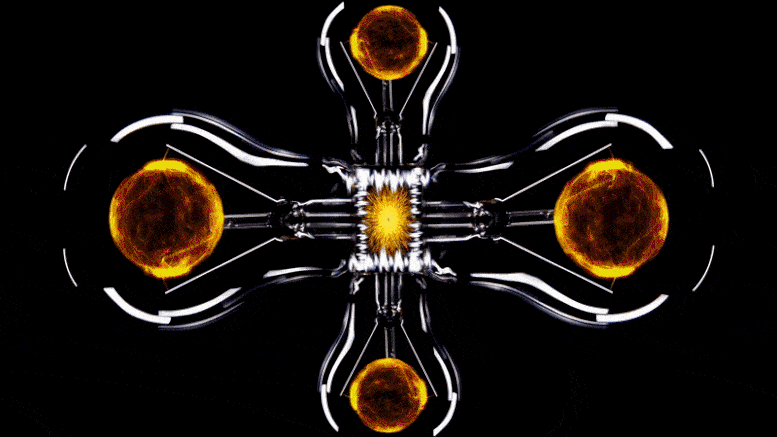
أجرى باحثون في المعهد ETH في زيورخ اختبارًا بيل بدون ثغرة باستخدام دوائر فائقة التوصيل ، مما أكد ميكانيكا الكم ودحض مفهوم أينشتاين للسببية المحلية. النتائج تفتح الاحتمالات في الحوسبة الكمومية الموزعة والتشفير الكمومي.
نجح باحثون في ETH Zurich في إثبات أن الأجسام الميكانيكية الكمومية المتباعدة يمكن أن تكون مرتبطة ببعضها البعض بقوة أكبر مما هو ممكن في الأنظمة التقليدية. في هذه التجربة ، استخدموا دوائر فائقة التوصيل لأول مرة.
- أجرى باحثون في المعهد التقني الفدرالي بزيورخ أول اختبار بيل على الإطلاق دون وجود ثغرة في الدوائر فائقة التوصيل.
- أكدوا أن المفاهيم التقليدية للسببية لا تنطبق في العالم الكمي.
- في هذه التجارب ، استخدموا أنبوبًا يبلغ طوله 30 مترًا يتم تبريد الجزء الداخلي منه لدرجة حرارة أعلى بقليل[{” attribute=””>absolute zero (–273.15°C).

Partial section of the 30-meter-long quantum connection between two superconducting circuits. The vacuum tube (center) contains a microwave waveguide that is cooled to around –273°C and connects the two quantum circuits. Credit: ETH Zurich / Daniel Winkler
A group of researchers led by Andreas Wallraff, Professor of Solid State Physics at ETH Zurich, has performed a loophole-free Bell test to disprove the concept of “local causality” formulated by Albert Einstein in response to quantum mechanics. By showing that quantum mechanical objects that are far apart can be much more strongly correlated with each other than is possible in conventional systems, the researchers have provided further confirmation for quantum mechanics. What’s special about this experiment is that the researchers were able for the first time to perform it using superconducting circuits, which are considered to be promising candidates for building powerful quantum computers.
An old dispute
A Bell test is based on an experimental setup that was initially devised as a thought experiment by British physicist John Bell in the 1960s. Bell wanted to settle a question that the greats of physics had already argued about in the 1930s: Are the predictions of quantum mechanics, which run completely counter to everyday intuition, correct, or do the conventional concepts of causality also apply in the atomic microcosm, as Albert Einstein believed?
To answer this question, Bell proposed to perform a random measurement on two entangled particles at the same time and check it against Bell’s inequality. If Einstein’s concept of local causality is true, these experiments will always satisfy Bell’s inequality. By contrast, quantum mechanics predicts that they will violate it.

A view inside a section of the 30-metre-long quantum connection. An aluminium waveguide (centre), cooled to almost absolute zero, connects the two quantum circuits. Several layers of copper shielding protect the conductor from thermal radiation. Credit: ETH Zurich / Daniel Winkler
The last doubts dispelled
In the early 1970s, John Francis Clauser, who was awarded the Nobel Prize in Physics last year, and Stuart Freedman carried out the first practical Bell test. In their experiments, the two researchers were able to prove that Bell’s inequality is indeed violated. But they had to make certain assumptions in their experiments to be able to conduct them in the first place. So, theoretically, it might still have been the case that Einstein was correct to be skeptical of quantum mechanics.
Over time, however, more and more of these loopholes could be closed. Finally, in 2015, various groups succeeded in conducting the first truly loophole-free Bell tests, thus finally settling the old dispute.

The researchers have developed their own cryostat to cool the 30-metre-long quantum connection efficiently. This is installed in the middle of the quantum link. Credit: ETH Zurich / Daniel Winkler
Promising applications
Wallraff’s group can now confirm these results with a novel experiment. The work by the ETH researchers published in the renowned scientific journal Nature shows that research on this topic is not concluded, despite the initial confirmation seven years ago. There are several reasons for this. For one thing, the ETH researchers’ experiment confirms that superconducting circuits operate according to the laws of quantum mechanics too, even though they are much bigger than microscopic quantum objects such as photons or ions. The several hundred micrometer-sized electronic circuits made of superconducting materials and operated at microwave frequencies are referred to as macroscopic quantum objects.
For another thing, Bell tests also have a practical significance. “Modified Bell tests can be used in cryptography, for example, to demonstrate that information is actually transmitted in encrypted form,” explains Simon Storz, a doctoral student in Wallraff’s group. “With our approach, we can prove much more efficiently than is possible in other experimental setups that Bell’s inequality is violated. That makes it particularly interesting for practical applications.”

The core team from the Quantum Device Laboratory at ETH Zurich who performed the experiment. From left to right: Anatoly Kulikov, Simon Storz, Andreas Wallraff, Josua Schär, Janis Lütolf. Credit: ETH Zurich / Daniel Winkler
The search for a compromise
However, the researchers need a sophisticated test facility for this. Because for the Bell test to be truly loophole-free, they must ensure that no information can be exchanged between the two entangled circuits before the quantum measurements are complete. Since the fastest that information can be transmitted is at the speed of light, the measurement must take less time than it takes a light particle to travel from one circuit to another.
So, when setting up the experiment, it’s important to strike a balance: the greater the distance between the two superconducting circuits, the more time is available for the measurement – and the more complex the experimental setup becomes. This is because the entire experiment must be conducted in a vacuum near absolute zero.
The ETH researchers have determined the shortest distance over which to perform a successful loophole-free Bell test to be around 33 meters, as it takes a light particle about 110 nanoseconds to travel this distance in a vacuum. That’s a few nanoseconds more than it took the researchers to perform the experiment.
Thirty-meter vacuum
Wallraff’s team has built an impressive facility in the underground passageways of the ETH campus. At each of its two ends is a cryostat containing a superconducting circuit. These two cooling apparatuses are connected by a 30-meter-long tube whose interior is cooled to a temperature just above absolute zero (–273.15°C).
Before the start of each measurement, a microwave photon is transmitted from one of the two superconducting circuits to the other so that the two circuits become entangled. Random number generators then decide which measurements are made on the two circuits as part of the Bell test. Next, the measurement results on both sides are compared.
Large-scale entanglement
After evaluating more than one million measurements, the researchers have shown with very high statistical certainty that Bell’s inequality is violated in this experimental setup. In other words, they have confirmed that quantum mechanics also allows for non-local correlations in macroscopic electrical circuits and consequently that superconducting circuits can be entangled over a large distance. This opens up interesting possible applications in the field of distributed quantum computing and quantum cryptography.
Building the facility and carrying out the test was a challenge, Wallraff says. “We were able to finance the project over a period of six years with funding from an ERC Advanced Grant.” Just cooling the entire experimental setup to a temperature close to absolute zero takes considerable effort. “There are 1.3 tonnes of copper and 14,000 screws in our machine, as well as a great deal of physics knowledge and engineering know-how,” Wallraff says. He believes that it would in principle be possible to build facilities that overcome even greater distances in the same way. This technology could, for instance, be used to connect superconducting quantum computers over great distances.
Reference: “Loophole-free Bell inequality violation with superconducting circuits” by Simon Storz, Josua Schär, Anatoly Kulikov, Paul Magnard, Philipp Kurpiers, Janis Lütolf, Theo Walter, Adrian Copetudo, Kevin Reuer, Abdulkadir Akin, Jean-Claude Besse, Mihai Gabureac, Graham J. Norris, Andrés Rosario, Ferran Martin, José Martinez, Waldimar Amaya, Morgan W. Mitchell, Carlos Abellan, Jean-Daniel Bancal, Nicolas Sangouard, Baptiste Royer, Alexandre Blais and Andreas Wallraff, 10 May 2023, Nature.
DOI: 10.1038/s41586-023-05885-0

“هواة الإنترنت المتواضعين بشكل يثير الغضب. مثيري الشغب فخور. عاشق الويب. رجل أعمال. محامي الموسيقى الحائز على جوائز.”
